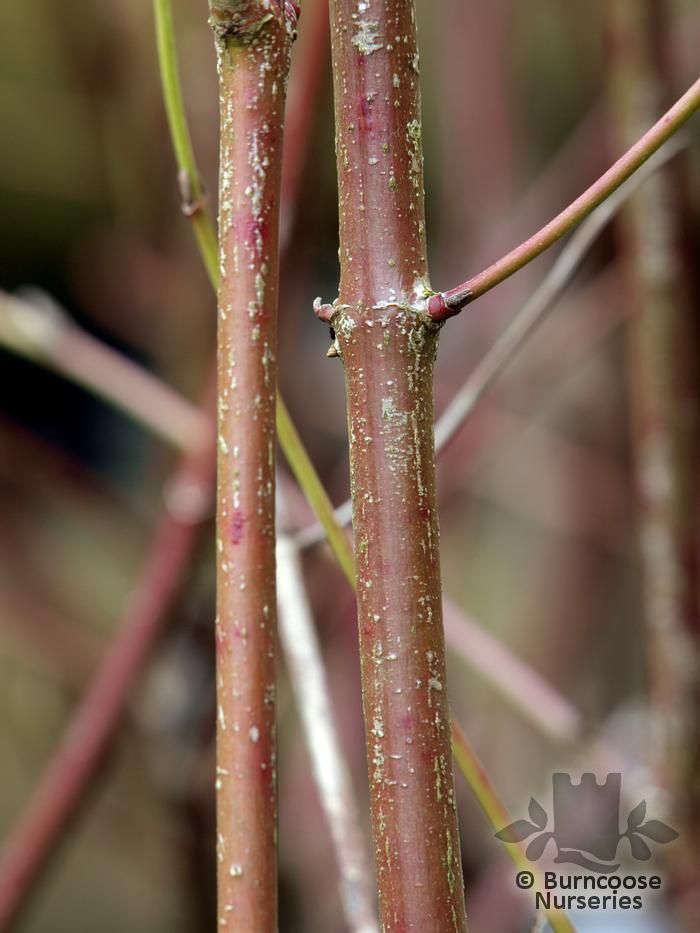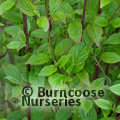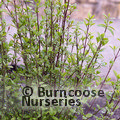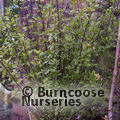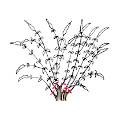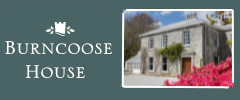Plants by mail order since 1984, over 4100 plants online today
Nursery & Gardens open: Mon - Sat 8:30 - 17:00 & Sun 10:00 - 16:00
Pop up café: open weather dependent
- Shop Now
- Burncoose Specialities
- This Month
- Offers & Promotions
- RHS Chelsea Flower Show 2024
- 40 years at Burncoose
- Engage With Us
- Information, Help & Advice
- About Us & Our Services
- Terms & Conditions
- Log In / Register
CORNUS sanguinea
Commonly known as Common dogwood, Dogberry
COLOURED STEMMED DOGWOODS
Greenish with red flushed stems and purple autumn colour
Further Reading....
-
DeciduousLeaves to 10cm (4in) long
-
 Cream
Cream -
 Height3m (10ft)
Height3m (10ft) -
 Spread2.5m (8ft)
Spread2.5m (8ft) -
Medium shrubTypically grow to around 4-6 feet in heightReddish-green, sometimes entirely green, winter shoots. Trim in spring for best colour. Produces flowers in dense cymes to 5cm (2in) across followed by pea-sized, dull, blue-black fruit.
-
 Very hardyHardy in the severest continental climates including exposed upland locations in the UK. Plant can withstand temperatures < -20 (-4°F)
Very hardyHardy in the severest continental climates including exposed upland locations in the UK. Plant can withstand temperatures < -20 (-4°F) -
 Full sunFor best winter colour.
Full sunFor best winter colour. -
 Partial shade
Partial shade
CORNUS sanguinea
-
Additional Features
 Good to knowThe native dogwood. Wildlife plant. The rather pungent scent attracts insects. Leaves are food for caterpillars of green hairstreak and holly blue butterfly. Very effective planted en-masse by water.
Good to knowThe native dogwood. Wildlife plant. The rather pungent scent attracts insects. Leaves are food for caterpillars of green hairstreak and holly blue butterfly. Very effective planted en-masse by water. Pests & DiseasesAnthracnose.
Pests & DiseasesAnthracnose. Place of originEurope.
Place of originEurope. -
Garden Location/ConditionsBorderSuitable for a shrub borderCoastal / windswept
-
HardinessFully hardy
-
Leaf margin
 Entire
Entire(see photos above) -
Leaf shape
 Ovate
Ovate(see photos above) -
Pruning group
 Pruning group 4Suitable for: Deciduous trees and shrubs that flower on current year's growth or are grown for winter stem effect.
Pruning group 4Suitable for: Deciduous trees and shrubs that flower on current year's growth or are grown for winter stem effect.
Pruning: Hard prune to a low permanent framework.
When: Annually in early Spring.
-
Seasonal InterestAutumnWinter
-
Soil ConditionsFertile moist well-drained soilTolerates allWet or boggy soil
-
Wildlife
 Bee friendlyButterfly friendlyRabbit Resistant
Bee friendlyButterfly friendlyRabbit Resistant
Jan
Feb
Mar
Apr
May
Jun
Jul
Aug
Sep
Oct
Nov
Dec
Cornus (Flowering) - Growing Guide
- Positioning
- Planting
- Maintenance - Video Tip ondemand_video
- Propagation
- Cornus capitata seed collection - Video Tip ondemand_video
- Diseases
- Cornus capitata - Video Tip ondemand_video
- Cornus kousa 'Satomi' - Video Tip ondemand_video
- Cornus kousa ‘Doubloon’ - Video Tip ondemand_video
Cornus Coloured Stemmed Dogswoods - Growing Guide
|
3m (10ft)
|
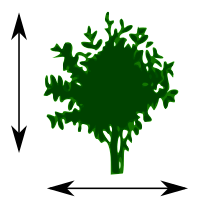
|

|
|
2.5m (8ft) |
Buy Varieties of CORNUS sanguinea
COLOURED STEMMED DOGWOODS

CORNUS sanguinea 'Midwinter Fire'
Common dogwood, Dogberry
branches orange-yellow and red in winter, an attractive new cultivar
Useful extras...

Fertilisers & Feeds - Vitax
Q4 Pelleted Fertiliser
A useful fertiliser suitable for use on a wide variety of plants. Q4 provides all the nutrients and trace elements essential for vigorous growth, abundant flowering and ripening of fruit.
3 options from £6.00
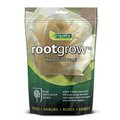
Fertilisers & Feeds - Empathy
Rootgrow mycorrhizal fungi
Recommended by the RHS. Contains Rootgrow™ mycorrhizal fungi. Suitable for all trees and shrubs (except rhododendrons, azaleas, heathers, cranberries and blueberries)
3 options from £3.00

Fertilisers & Feeds - Empathy
All-purpose Seaweed Stimulant
All-purpose organic concentrated seaweed feed that is a ready to use, derived from sustainable harvested kelp, that can be used on all outdoor and indoor plants, except acid loving plants.
Perfect used in conjunction with Rootgrow™.
Only £7.50
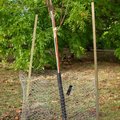
Vermin & Pest Control
Tree Guards
Essential small tree protection from vermin and strimming. This pack includes 5 x 90cm canes and 5 x 90cm spiral guards. Includes instructions.
Only £5.00
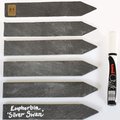
Garden Goodies
Slate Plant Labels
These wonderfully tactile natural slate plant labels are hand made in Cornwall and come with a chalk pen.
Just stick them in your pot or border. Pack of 6.
Only £10.00
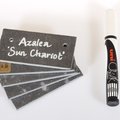
Garden Goodies
Slate Tie-on Plant Labels
Hand made in Cornwall, these delightful natural slate labels are perfect for pots.
Comes with chalk pen. Pack of 5
Only £10.00


